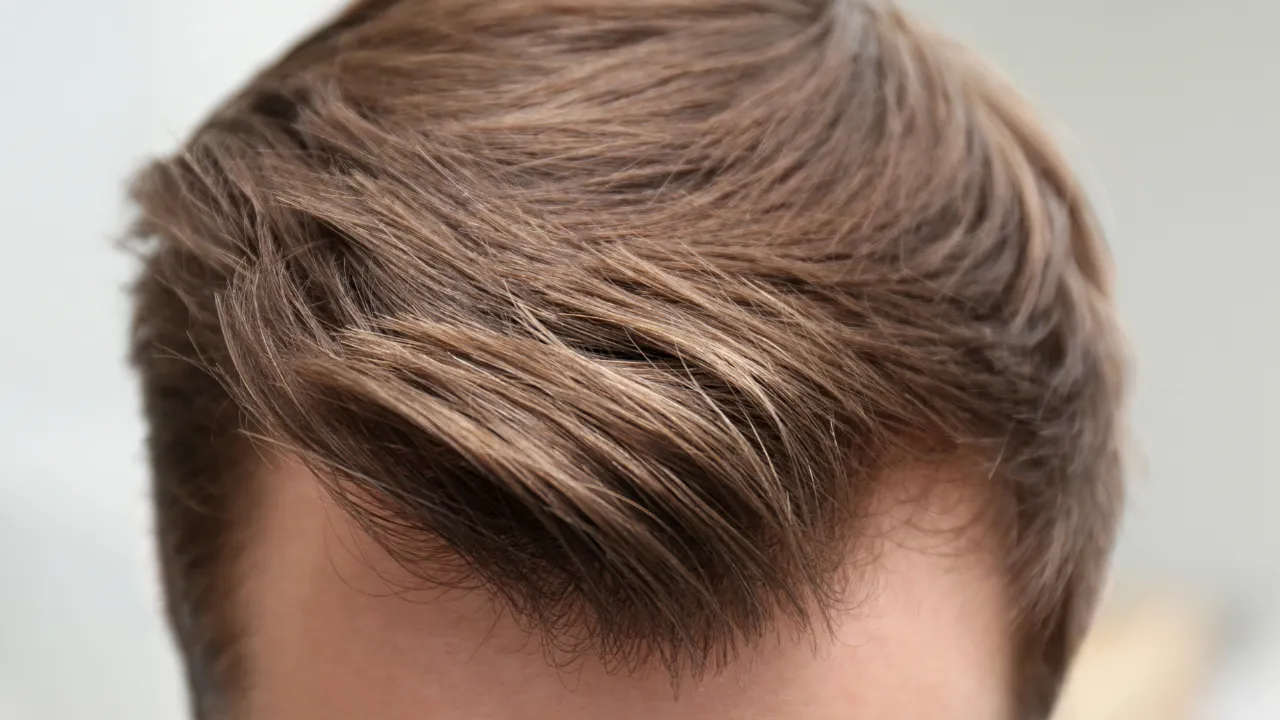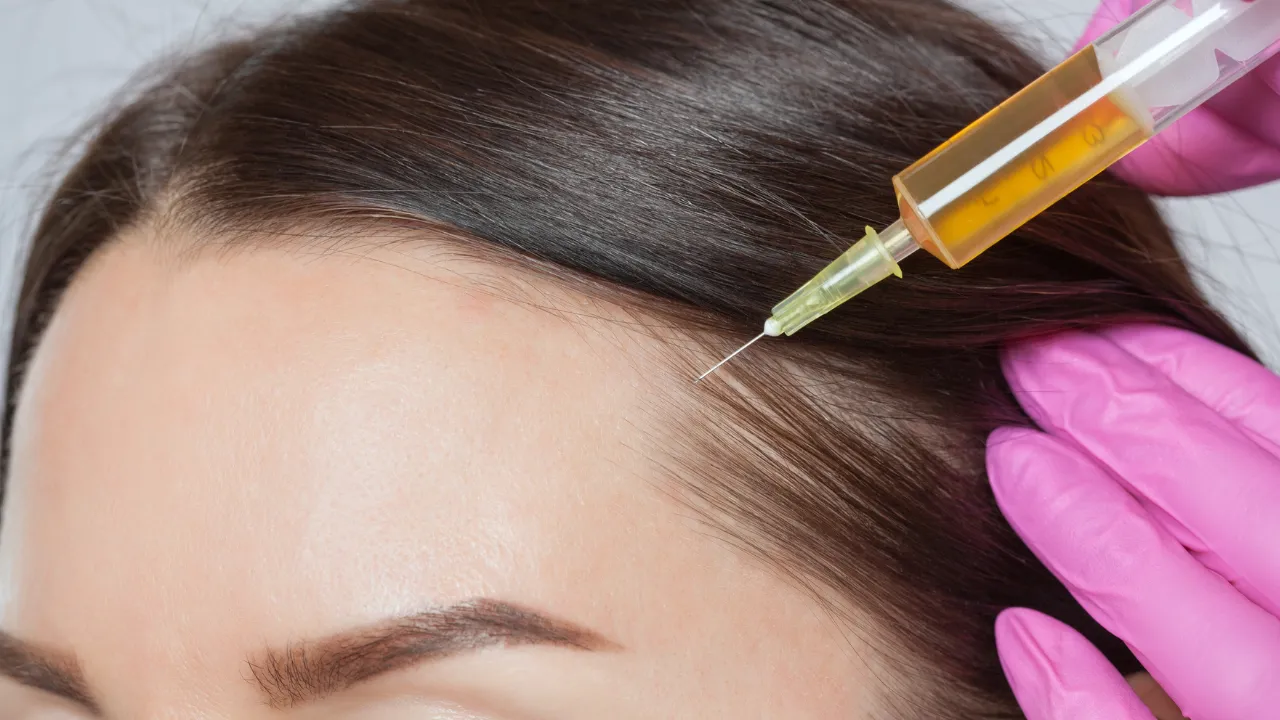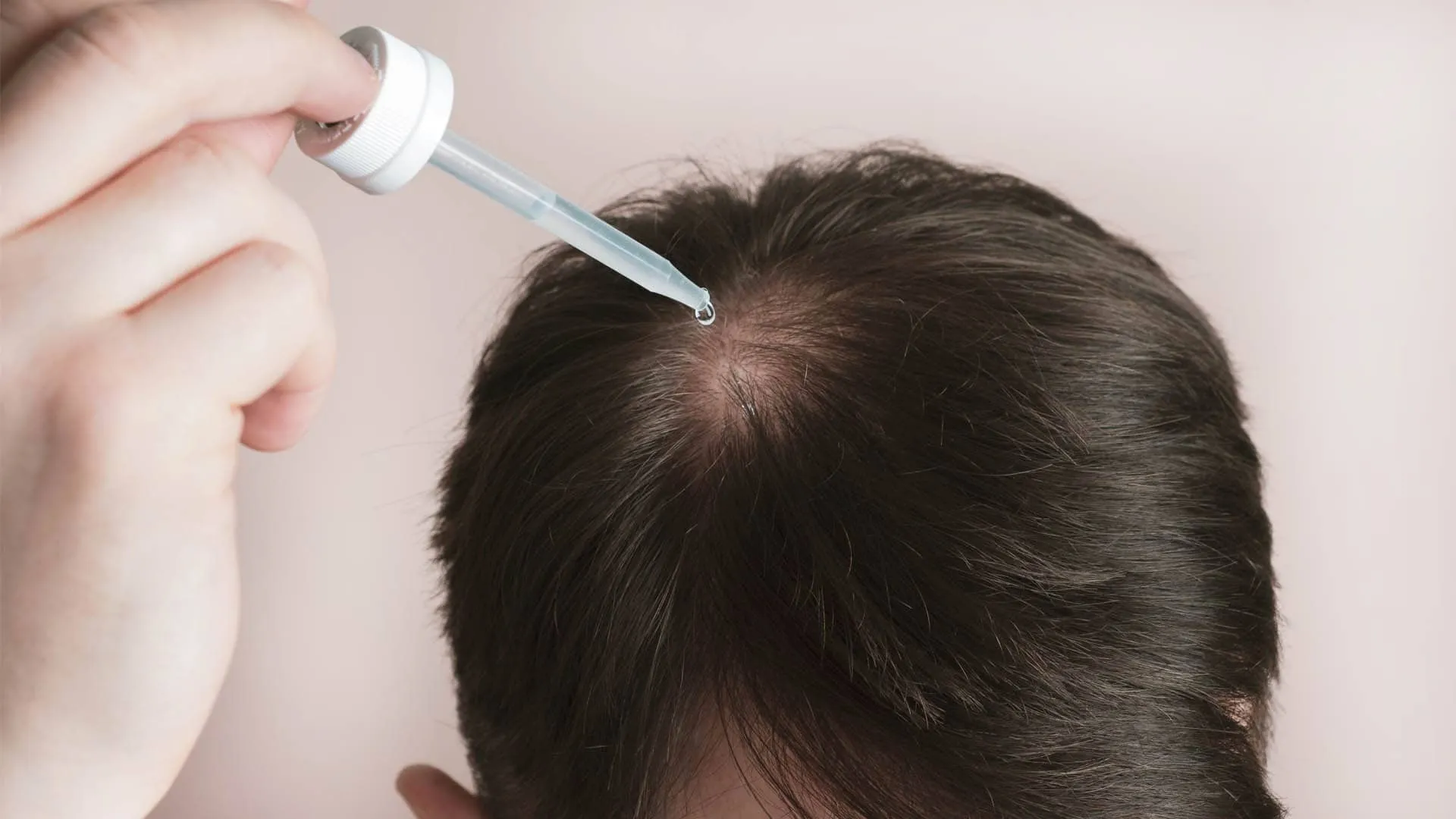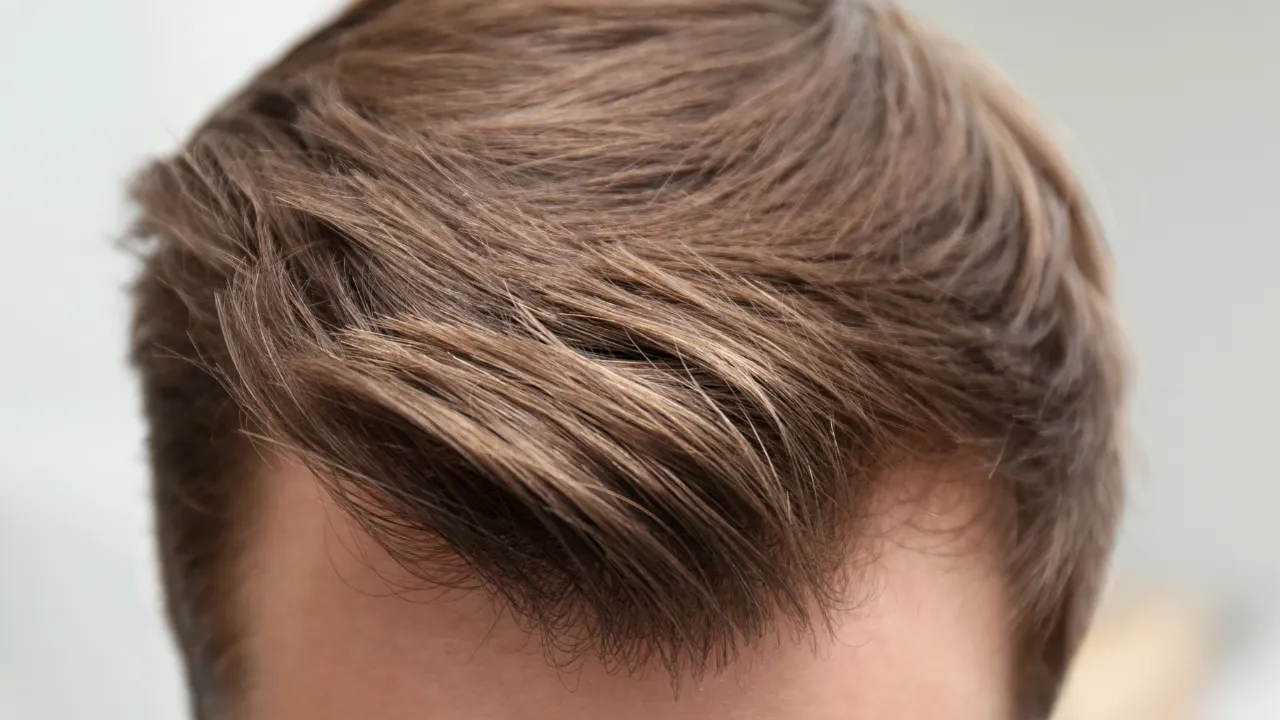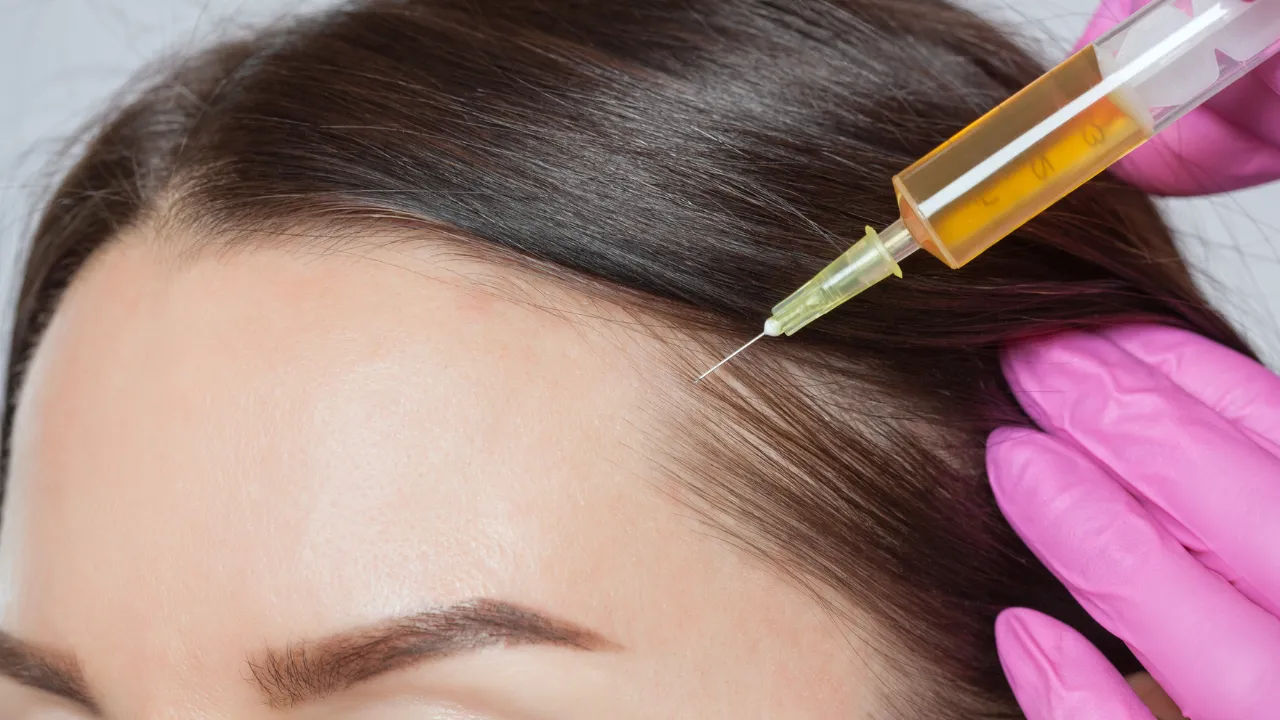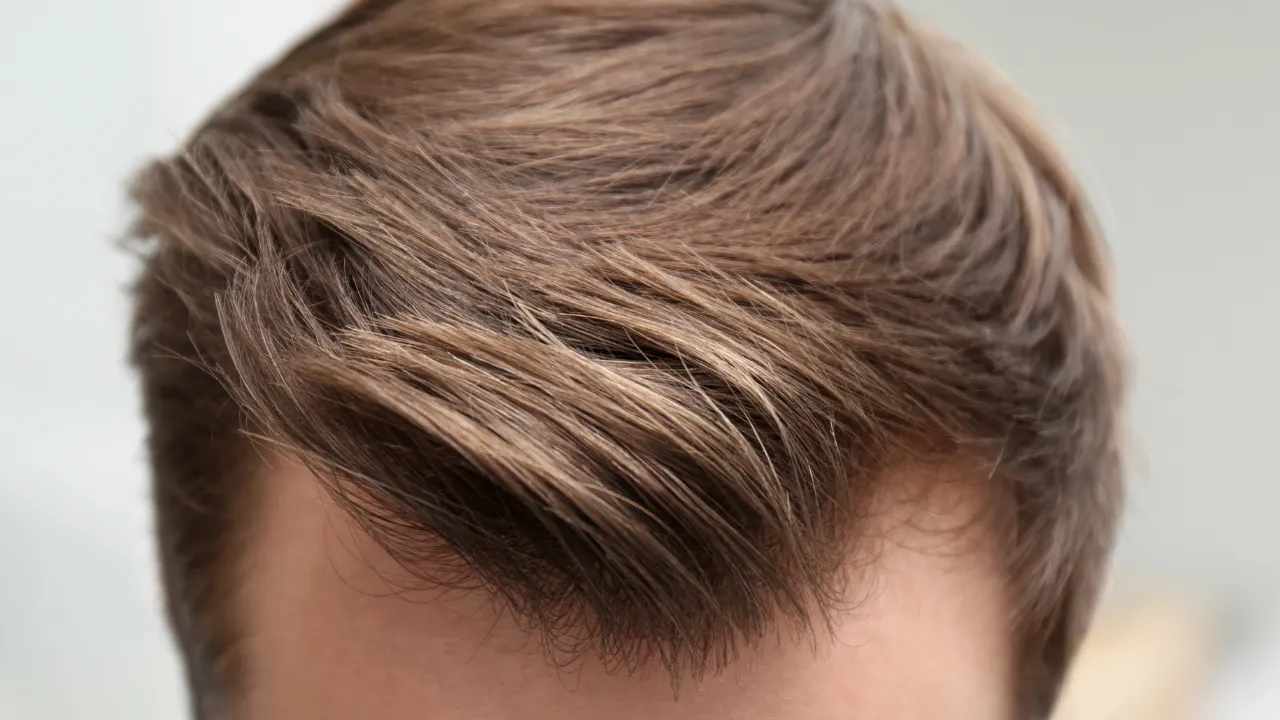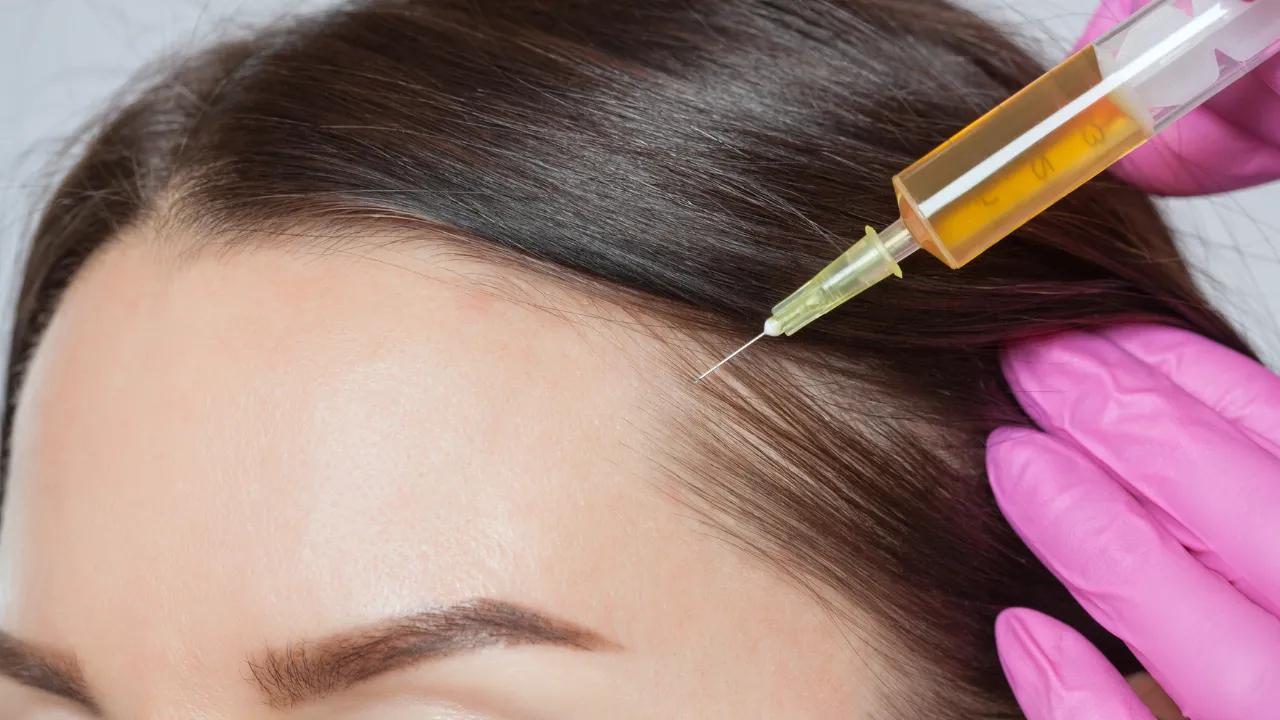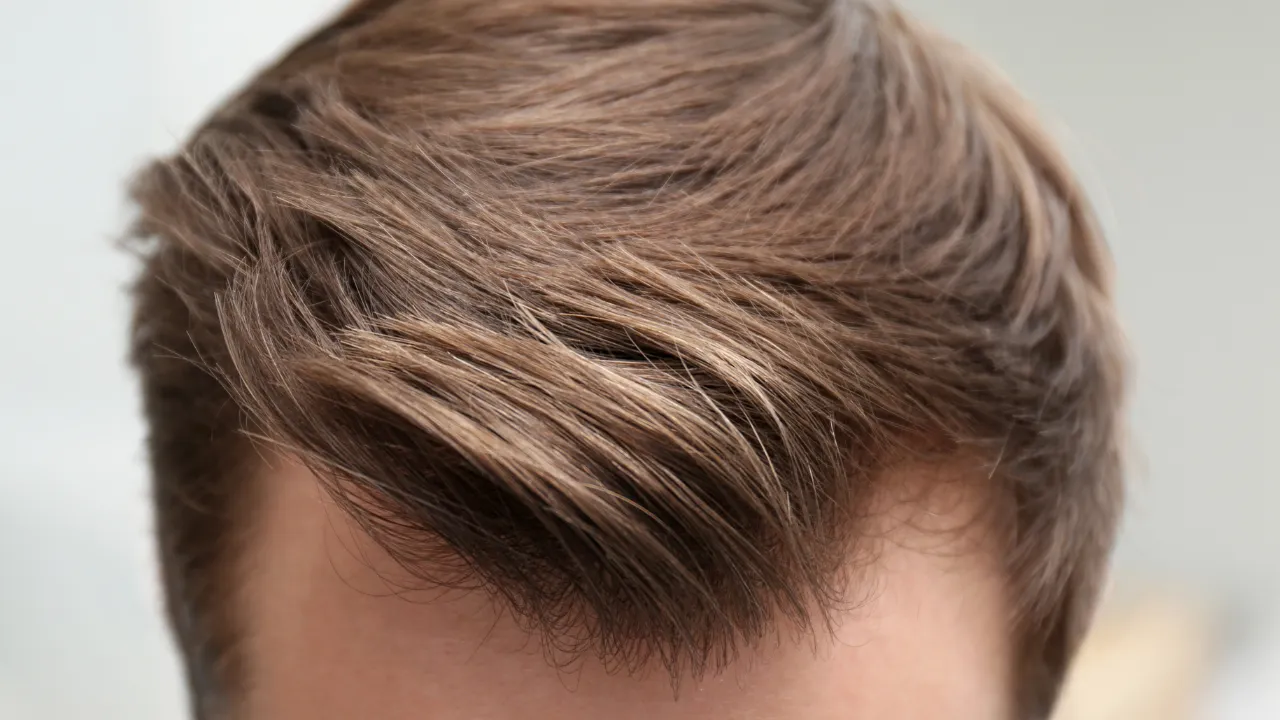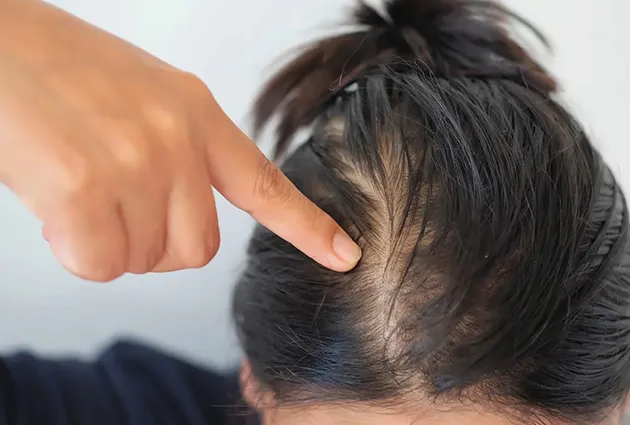Finasteride in Treating Androgenetic Alopecia.
Whether you’re seeking Propecia treatment in NJ, finasteride in Fort Lauderdale, or exploring options for Propecia in NJ or finasteride in Miami, our team provides expert consultation and support. We guide patients through safe, doctor-prescribed hair restoration plans tailored to each region’s clinical standards.
What is Finasteride?
Finasteride is a prescription medication originally purposed for prostate health but found effective in treating androgenetic alopecia. It counteracts hair loss by inhibiting the body’s conversion of testosterone into dihydrotestosterone (DHT), a key contributor to hair follicle miniaturization and subsequent hair loss.
Posted on
Synergizing Treatments:
Finasteride plays an essential role in enhancing and complementing the effects of hair transplant surgeries. We believe that combining medical treatments alongside your surgery will result in the best quality results.
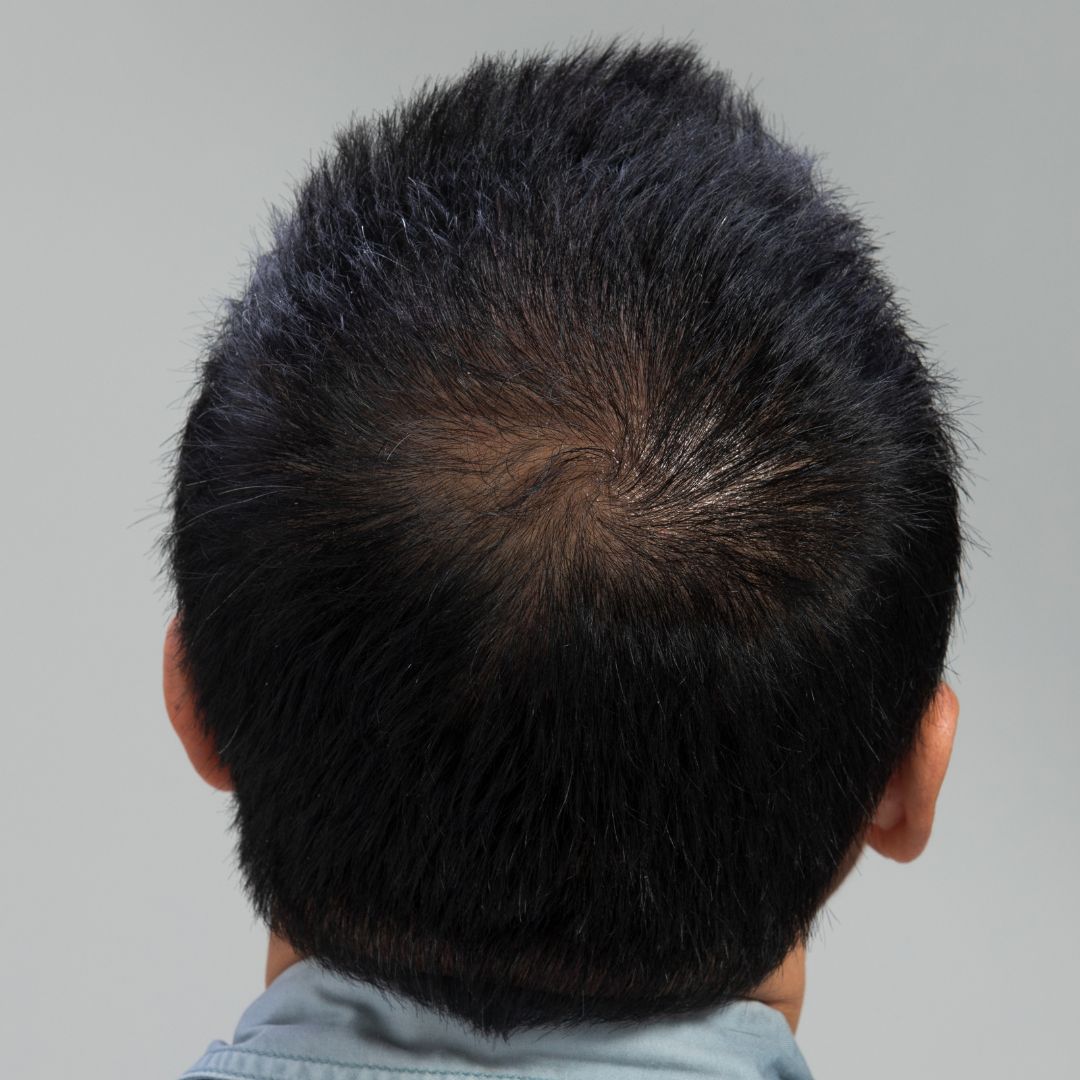

Propecia treatment in NJ and beyond is a popular option for men facing hair loss. Finasteride, the active ingredient in Propecia, is widely used in clinics across Fort Lauderdale, Miami, and New Jersey.
Finasteride stands as a cornerstone in the treatment of hair loss, frequently prescribed due to its efficacy and the substantial evidence supporting its use. Recognizing that hair loss can be multifactorial, we often recommend finasteride in combination with other medications and non-invasive treatments to address the complex nature of this condition.
This holistic approach allows us to tailor treatment plans to the individual needs of our patients, enhancing outcomes and optimizing hair regrowth. Through such comprehensive strategies, we aim to not only combat hair loss but also restore the confidence and well-being of those we serve.
Whether you’re seeking Propecia treatment in NJ, finasteride in Fort Lauderdale, or exploring options for Propecia in NJ or finasteride in Miami, our team provides expert consultation and support. We guide patients through safe, doctor-prescribed hair restoration plans tailored to each region’s clinical standards.
Results from finasteride can vary from person to person. Generally, it may take at least three to six months of consistent use to notice slowing of hair loss or the beginning of hair regrowth. For some, it might take longer to see significant results.
Like all medications, finasteride can have side effects, although not everyone experiences them. Common side effects include decreased libido, erectile dysfunction, and ejaculation disorders. Most side effects are reversible after discontinuation of the medication.
Continuation of finasteride is generally necessary to maintain its benefits. Stopping the medication may result in the return of hair loss over time. The decision to continue should be made in consultation with a healthcare provider, who can provide guidance based on individual needs and the response to treatment.
We serve clients throughout the U.S., including those searching for Propecia NJ, finasteride Fort Lauderdale, and finasteride Miami. Our licensed providers offer personalized guidance wherever you're located.
Yes, finasteride can often be used in combination with other hair loss treatments such as minoxidil (a topical treatment), low-level laser therapy, or hair transplant surgery, among others. Combining treatments can sometimes enhance overall results by targeting hair loss through different mechanisms.
Finasteride may actually complement hair transplant procedures by slowing down the loss of non-transplanted hair. For many patients, continuing finasteride after a hair transplant can help maintain the overall density of their hair by protecting existing hair from future thinning and loss.
